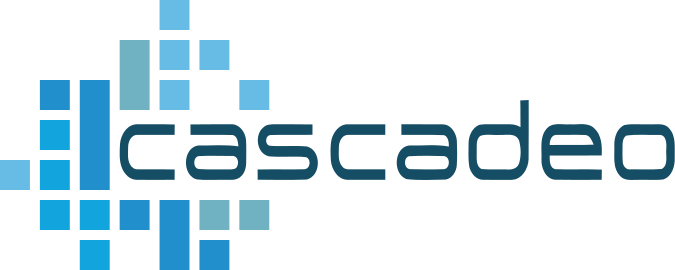Your Cloud, Architected for Success

Cloud architecture connects the components and capabilities to build the online platform necessary for your applications to succeed.
Cloud architecture contains the components and sub-components found in public cloud deployments. A well-architected cloud ensures the implementation of cloud services does not create unnecessary disruption.
Cascadeo builds cloud solutions architected for success, and continues to iterate for customer success through managed and professional services.
Other Considerations
Cloud security architecture is another critical consideration. Security elements are added to cloud architecture from the start. Your company’s data security is the divided responsibility of the cloud provider and the cloud customer as stipulated by your contract. Cloud architecture is customized based on what your organization seeks to accomplish. Most clouds require hardware, middleware, management, and automation software. Many clouds also use additional resources, so a carefully conceived plan will benefit implementation.
Every build requires a stable, secure foundation and planning that takes into account the inherent qualities of the build site’s environment. Cloud system design is no different: a set of agreed-upon pillars supports all successful cloud architectures: operational excellence, security, reliability, cost optimization, and performance.
Operational Excellence
The day-to-day: the focus here is on keeping your daily operations efficient and stable, with an embrace of automation for deployments and monitoring, CI/CD processes, optimization of server use and capacity, and ongoing cloud support.
Security
Cloud security requires a different approach than on-premises server security. This pillar defines ideal approaches to risk tolerance, threat monitoring and response, compliance, user access, and data protection.
Reliability
This pillar describes the ways your cloud architecture is designed to keep working, come what may. It includes planning for scalability, disaster recovery, and automated self-healing tools like Cascadeo AI, as well as building in adaptability for changing needs.
Cost Optimization
The pay-as-you-go nature of cloud computing is often touted as an important feature, as it shifts IT purchases from upfront capital expenses to ongoing operational budgets, but cost optimization drills further into spending considerations, prioritizing cost monitoring, advanced server allocations to minimize waste, strategic data storage structures, cost monitoring, and training your staff to monitor operations over time to optimize costs.
Performance
Cloud computing platforms offer a wide variety of server and function options. Establishing and managing work environments sometimes involves a balance between cost savings and performance, so the performance pillar defines ways of maximizing processing speed where you need it to keep customers happy, while engaging tools like autoscaling to automate computing capacities only when they’re required, closely monitoring performance patterns, and planning carefully for your organization’s future needs.
